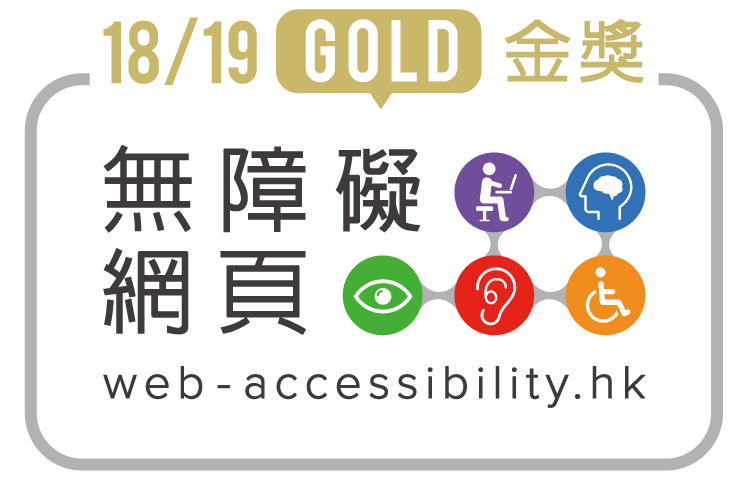
Oracle Bones Collection from the Art Museum, The Chinese University of Hong Kong
The oracle bones in the Art Museum come from the former collection of Lee Yim (1907–1996). Lee Yim, alternative name Jing’an, sobriquet Yanzhai, is a native of Shunde, Guangdong province, and a former professor at the CUHK. Jao Tsung-I wrote in his “Haiwai jiagu luyi” [Some Oracle Bones in Overseas Collections]: “My friend Mr. Li Yanzhai searched and acquired a few dozen [oracle bones] from London, and among them there are quite a few exquisite pieces”. (Note 1) This suggests that part of Lee Yim’s collection of oracle bones came from England. Jao sung-I listed rubbings and explanations of thirty-three pieces in “luyi”, but there are currently twenty-seven pieces housed in the Art Museum. Seventeen pieces of these oracle bones belong to Period I, seven to Period II, two to Period III, and one to Period V. The most-mentioned contents are sacrifices and rituals, followed by meteorology and buxun inscriptions. Back in the days, the state’s most important events were sacrifices and wars, and therefore it makes total sense to find a lot of divinatory inscriptions about sacrificial rituals in the inscriptions. On the other hand, all outdoor events, be it wars, hunting, farming, or fishing, were strongly affected by the weather, and therefore divination notes on meteorology take up a noticeable part in all inscriptions.
The nearly one hundred oracle bones in the Hong Kong collection seem relatively insignificant when it comes to numbers. However, the collection of and research on oracle bones at The Chinese University of Hong Kong, with a total of seventy-one oracle bones housed at the United College and the Art Museum, reflect the origin and historical development of the scholarship on Chinese palaeography in Hong Kong and Guangdong throughout the twentieth century. The fading memory of the past is preserved through objects, especially antiques that have passed through time, evoking remembrances of the people who were once surrounding them. The visual and the tactile are sometimes even more direct, real, and powerful than words, and the oracle bones housed at the United College and the Art Museum indeed remind us of the origin and development of the oracle-bone studies in Hong Kong. The collection was the starting point of scholarship on oracle bones at The Chinese University of Hong Kong, which reflects the bond between the University and the scholars of Chinese studies from Beijing and Guangdong, as well as how CUHK scholars have contributed to the field of oracle-bone studies from the past to the present.
Note
Jao Tsung-I, “Haiwai jiagu luyi” [Some Oracle Bones in Overseas Collections], Journal of Oriental Studies 4, nos. 1– 2 (1957/1958): 1–8.

